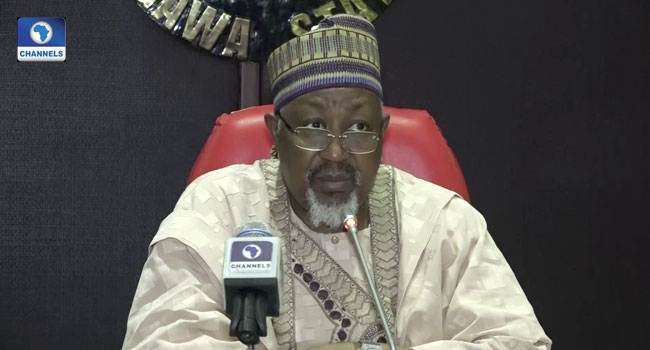
Its Chairman, Mr Debo Adeniran on Tuesday said corruption, followed by the refusal of the government in providing the basic infrastructural amenities has forced people to be desperate in building illegal routes.
“The failure of leadership and governance institutions in Nigeria in particular and most African countries are clearly indictable for this retrogressive development.
“The most unnerving trauma is the stupendous amassing or crude accumulation of wealth by a few privileged elites who have constructed a strong iron wedge-bar on the social ladder for the poor and socially alienated majority to climb even to the surface of the poverty datum pit of hell,” according to a statement.
Adeniran’s comments come hours after the media was awash with reports of remains of 26 Nigerian women believed to be migrants have been recovered from a Spanish warship in the Italian coastal city of Salerno.
The British Broadcasting Corporation had in its report on Monday said a Spanish warship, Cantabria, which docked in the city, was found to be carrying 375 rescued migrants and the dead women.
According to the BBC, 23 of the dead women were on a rubber boat with 64 other people.
It also quoted Italian media report that the women’s bodies were kept in a refrigerated section of the warship. Most of them were between the ages of 14 and 18.
Spokesman for the United Nations Human Rights Commission, Marco Rotunno, said the 26 dead were involved in a shipwreck off Libya.
It was said that most of the 375 survivors brought to Salerno were sub-Saharan Africans drawn from Nigeria, Senegal, Ghana, The Gambia and Sudan.



